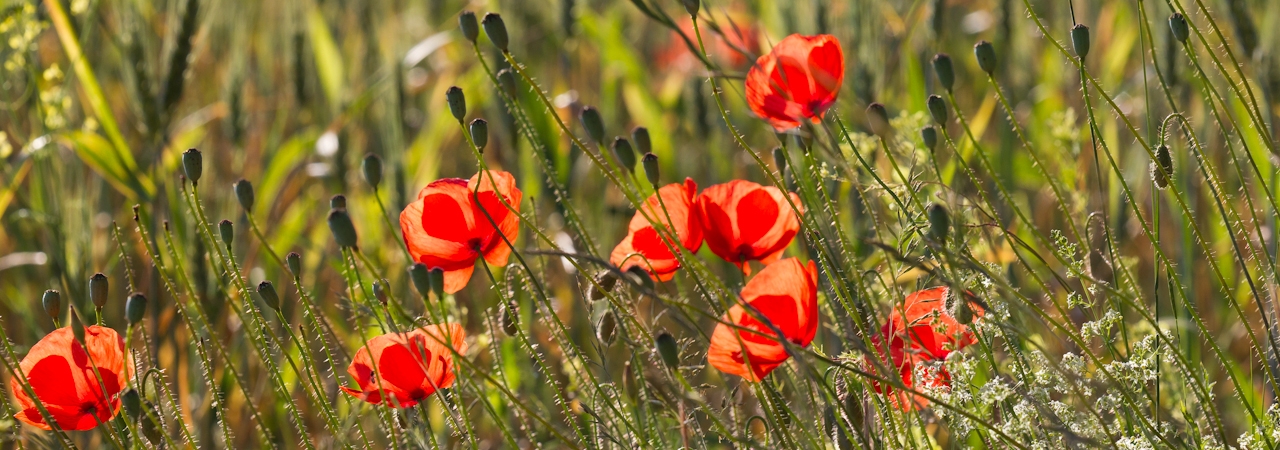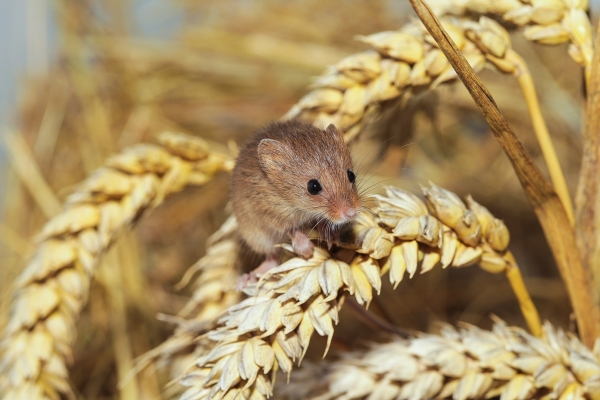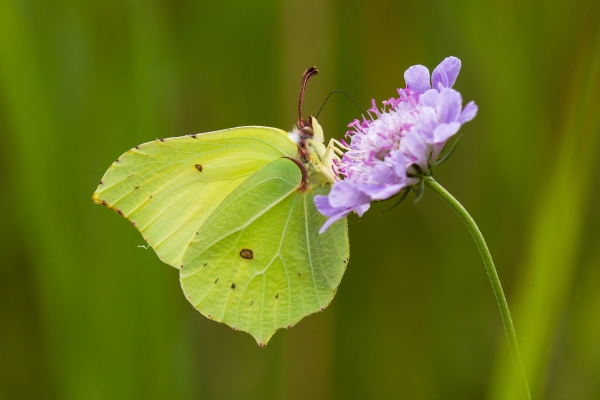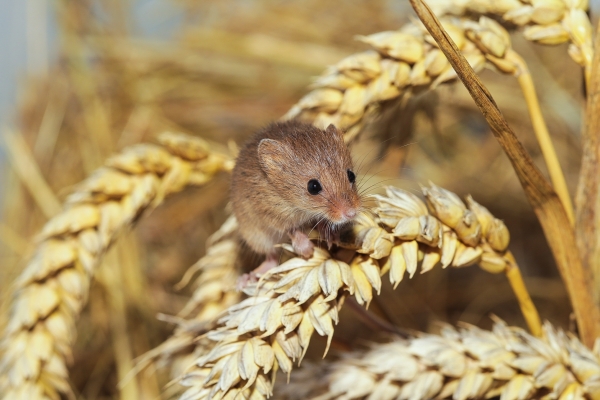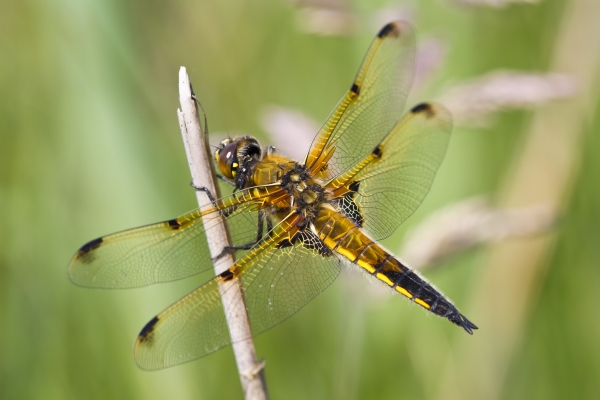Biodiversity in crops and grassland
Wildlife & Farming handbook
Resource explained
Productive fields make up most of the farmed landscape so how they are managed has a big impact on wildlife. These chapters from WildCRU’s Wildlife & Farming handbook summarise ways in which the biodiversity value of crops and grassland can be enhanced. WildCRU studies highlighted in these chapters show how wood mice will make use of conservation headlands, how to help hedgehogs in pasture areas, and the discovery of a rare plant in Oxfordshire’s floodplains. The chapters include simple management summaries and list the Countryside Stewardship options most relevant to these habitats.
Findings & recommendations
Productive fields are used by many species at different times of year and a range of measures can increase their value for wildlife.
- Reducing pesticides and fertilisers on arable field edges or whole fields will encourage plant and insect communities, and provide key food items for birds such as grey partridge.
- Incorporating stubbles, fallows, and spring cropping will benefit farmland birds and other wildlife. Overwinter stubbles are a rich source of seeds and spilt grain. Natural regeneration on fallow plots results in a diversity of vegetation structure, and spring cropping needs fewer inputs and has a more open structure. These measures enhance plant and insect communities, supplying vital food for wintering farmland birds, and supporting other wildlife.
- Grasslands range from intensively managed pastures through to remnant patches of species-rich downland and floodplain meadows. All can be managed to enhance their value for wildlife, in ways which will vary depending on their plant and animal communities.
(Header image: Poppies. Photo credit: Allan Drewitt, Natural England)
